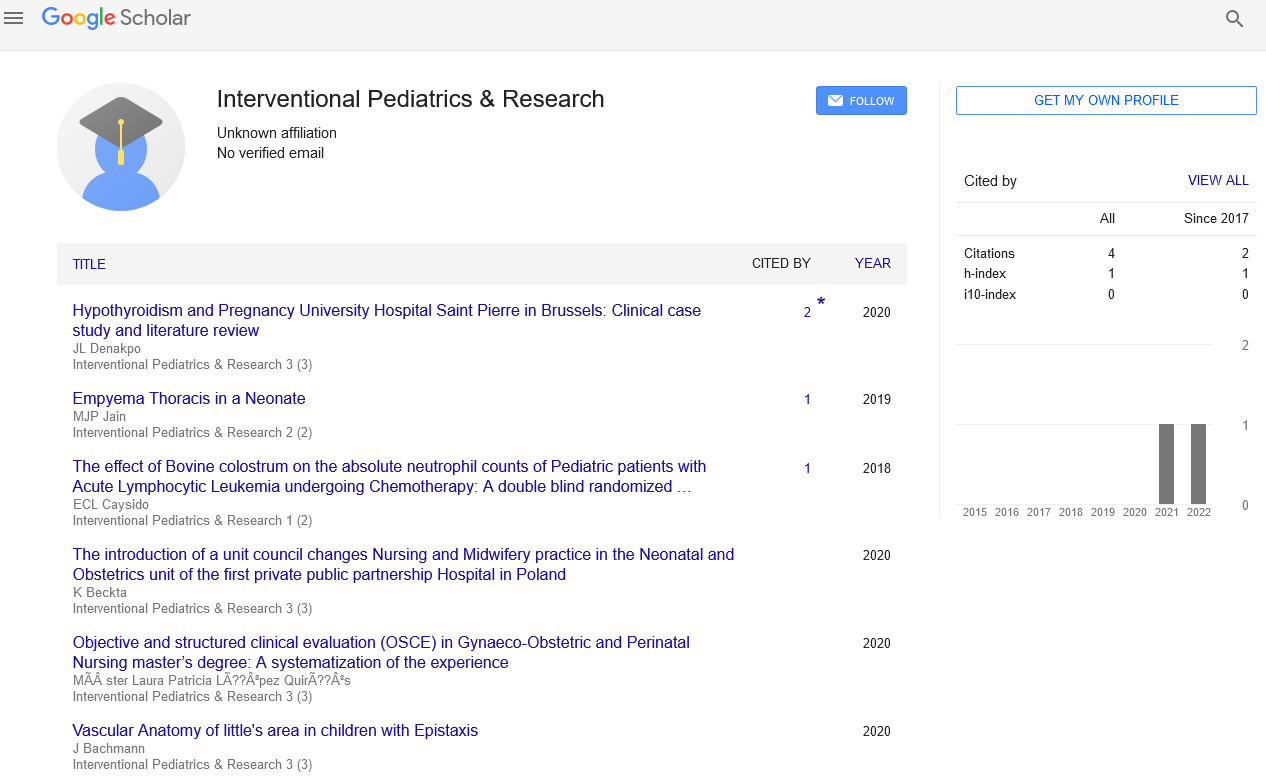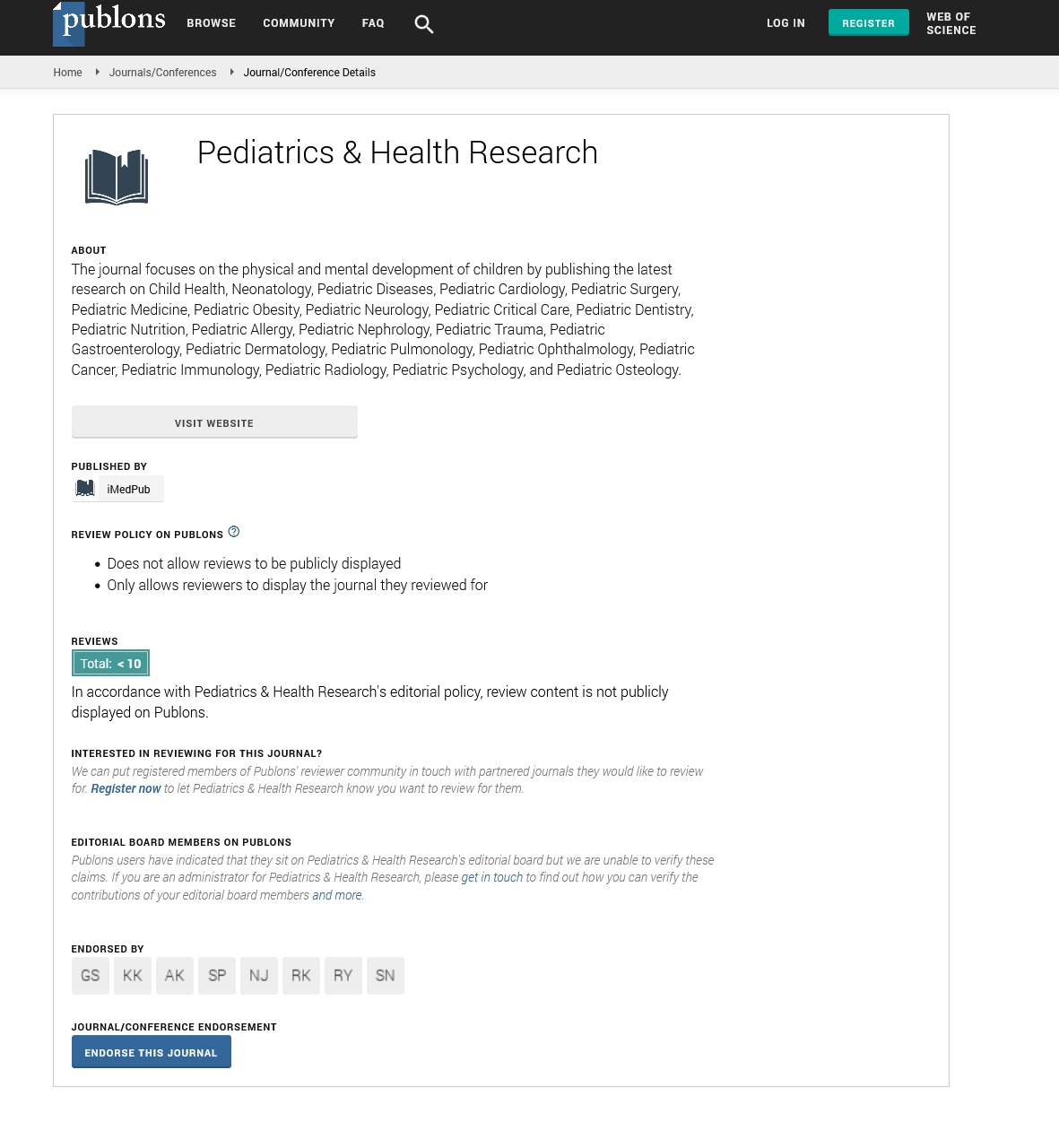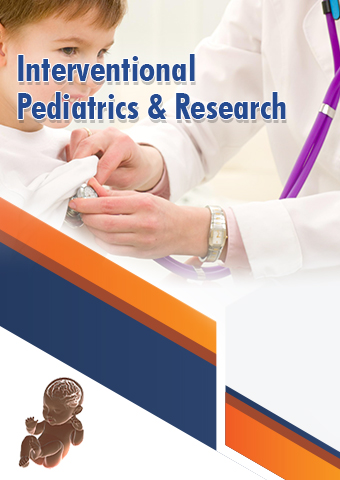Short Article - Interventional Pediatrics & Research (2020) Volume 3, Issue 2
EARNEST: Early Assessment and Referral of Newborns enabling safer Triage
Samarth Sahai
Mahatma Gandhi Institute of Medical Sciences, India
Abstract
Neonatal mortality is one of the defining yardsticks of a country's progress. A newborn screening protocol termed EARNEST devised by the author was tested to see its impact in improving the efficacy of newborn care being provided.This pilot study carried out over 3 months tested its ease of usage ,impact on timely referral and on improving efficacy of the staff involved in newborn care in the neonatal triage. This was tested in a district hospital attached to a medical college in Rajasthan, a desert state in India and having very high neonatal mortality rates .
Objective
A newborn screening protocol termed EARNEST devised by the author was tested to see its impact in improving the efficacy of newborn care being provided.
Method
This pilot study carried out over 3 months tested its ease of usage ,impact on timely referral and on improving efficacy of the staff involved in newborn care in the neonatal triage. This was tested in a district hospital attached to a medical college in Rajasthan, a desert state in India and having very high neonatal mortality rates .
Individual birthing units are responsible for:
Identifying the clinician responsible for the newborn assessment5,6. Identifying health discipline specific criteria for performance of the neonatal assessment.
For example, criteria for performance by a midwife may include:
• Gestational age greater than 37 weeks and less than 42
• weeks Birth weight greater than 2500 g and fewer than 4500 g
• Apgar score greater than 7 at 5 minutes of age
• No antenatal abnormality identified
• Providing access to clinical training5,6
• Establishing appropriate referral pathways6
Clinicians performing newborn assessment are required to:
• Be appropriately trained in the required assessment skills
• Practise and maintain skills to a satisfactory level6,9
• Recognise variances from normality
• Seek guidance for management of variance as needed and refer appropriately6,10
• Maintain accurate records of the newborn assessment5,6
• Document findings and discuss the results with parents Printed copies of the Early Assessment and Referral of Newborns Enabling Safer Triage (EARNEST) protocol were kept in the SNCU (Specialised Newborn Care Unit) of the Government hospital
next to the labour room. All newborns being brought to the Triage area here were assessed using this and the forms filled . The medical as well as the paramedical staff was trained in using this. Each staff member posted in the neonatal triage area scored this protocol on five parameters using the "SMART" criteria.
After being neglected for too long, quality of care has been recognized by the international community as a key aspect of the unfinished mother newborn and child health agenda, particularly with respect to care around childbirth (1). This is true globally both in developed and developing countries. Besides hampering the achievement of desired health outcomes, low quality of care impedes the fulfilment of the right to health of women and babies and may causes inefficiency and unjustified direct and indirect costs for both the health systems and individual households. To achieve a substantial reduction in maternal and neonatal mortality improvements are needed both in coverage and in the quality of care. Programs that have improved coverage alone have failed to achieve the expected reduction of maternal and neonatal mortality and morbidity (2, 3). The WHO Multicounty Survey on Maternal and Newborn Health examined data from quite 300,000 women attending 357 health care facilities in 29 countries. It found a poor correlation between coverage of ‘essential interventions’ (e.g. the proportion of the target population who received an indicated intervention such as women with eclampsia who received magnesium sulphate) and maternal mortality in health facilities. This finding suggests that high coverage by itself is not enough to decrease mortality, and that to achieve a substantial reduction in maternal and neonatal mortality and morbidity quality improvements within the whole continuum of care around birth are needed (2). Various approaches to quality assessment and quality improvement are proposed over time (4, 5). However, the evidence-base is still relatively weak on the effectiveness and efficiency of different quality improvement approaches and tools at hospital level in high mortality countries (1). Some of these approaches, and particularly those used in Western Europe, North America and Australia for accreditation to excellence, require important financial and human resource investments and are not affordable by the majority of low-resource health systems. Approaches focusing on single or few aspects of care have been used as a way to introduce the concept of quality improvement but have lacked a systematic evaluation of the whole continuum of care particularly during labour and birth and within the postpartum period, which is important to make sure good quality of care (2). Many approaches focus on the availability of the essential infrastructure, equipment, commodities, and/or on the existence of written procedures and protocols, but fail to assess the actual case management. Evidence shows that even when all the necessary structural components are available the quality of care may still be poor, since what ultimately matters is the appropriate use of the available infrastructure, staff and commodities to make sure effective case management (3, 6). Finally, quality assessment alone cannot guarantee that any change will take place; use of the information gathered during the assessment to develop an action plan is a necessary step in every quality improvement process. The Royal Australian College of Physicians(RACP) recommends an initial full and detailed assessment be performed within the primary 48 hours after birth.
Many babies are discharged home within hours after birth and it is important that all babies are recovered.
• it's important to advise parents that certain conditions may only become evident after discharge home. Information about local health support services should be provided to oldsters before discharge
• Recommend a follow-up assessment at 5–7 days aged
• Recommend an extra assessment at around 6 weeks aged Arrange same day (as soon as possible) medical review
• If neonate already discharged from hospital arrange review by either: Hospital Emergency Department
• Document all follow-up actions and arrangements
• Advise parents/family of clinical concerns and therefore the importance of immediate review Provide verbal/written information as appropriate Consider parental support needs (e.g. social work involvement, transport requirements)
Result
The implementation of this protocol helped decrease the time required for a detailed neonatal triage assessment, instituting early therapeutic intervention or referral to a higher centre if required.
Conclusion
The use of this protocol has empowered the Neonatal Triage staff in conducting an easily recordable, reproducible newborn assessment and referral if required in the first hour after birth, "the Golden hour".


